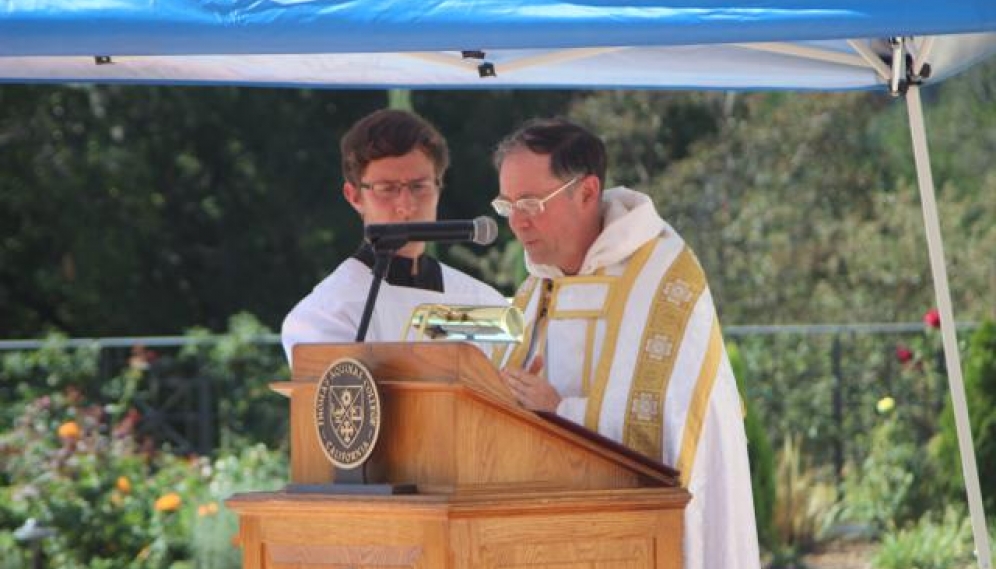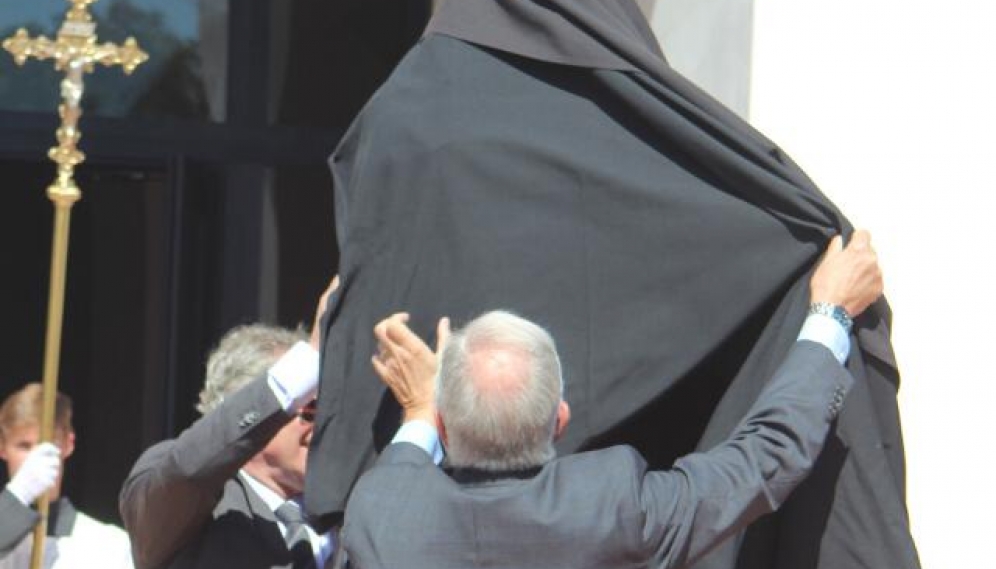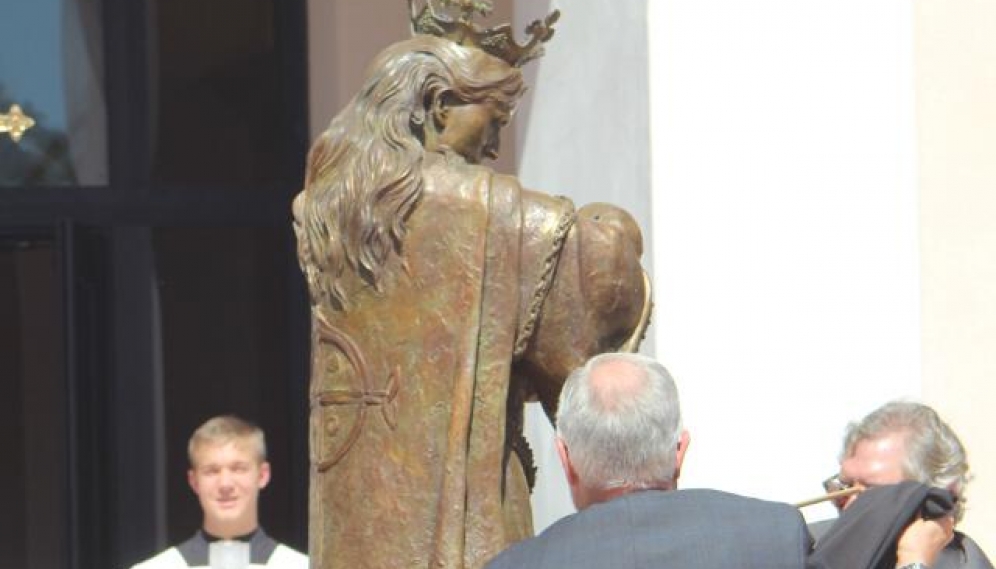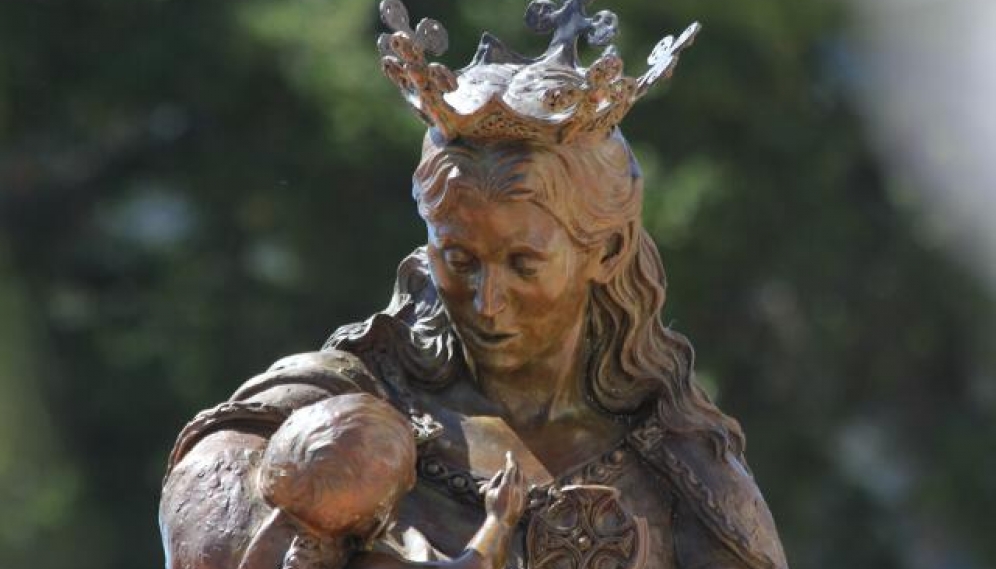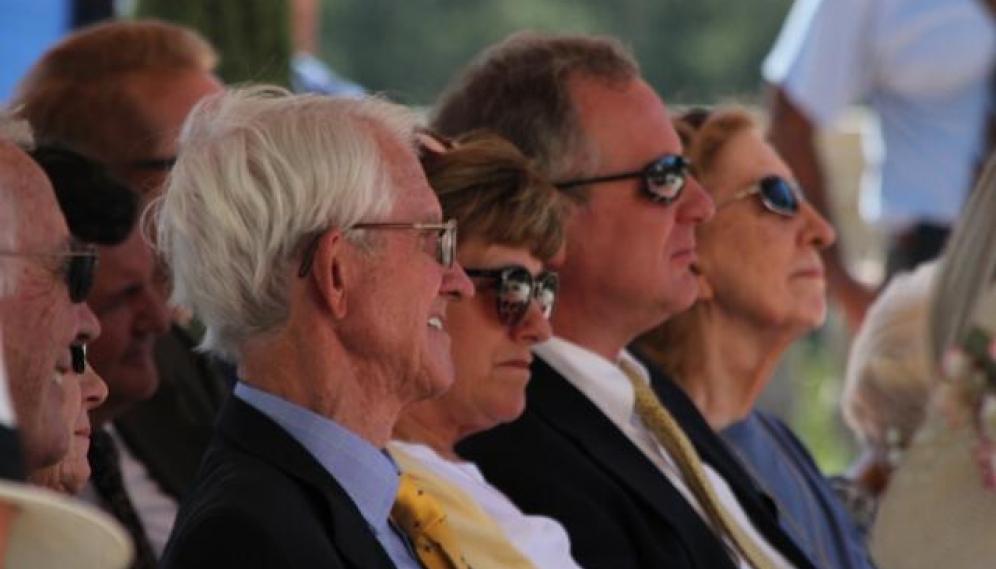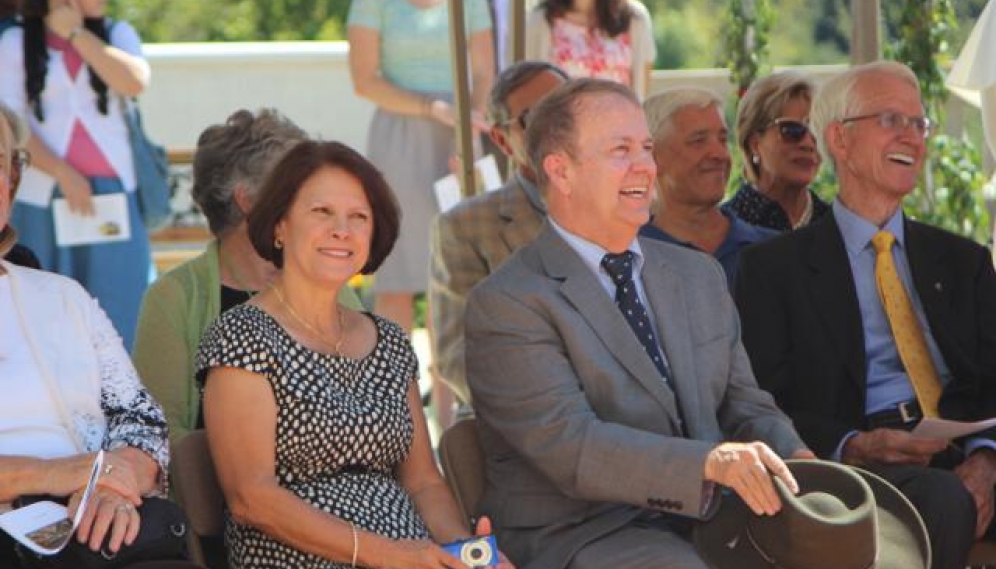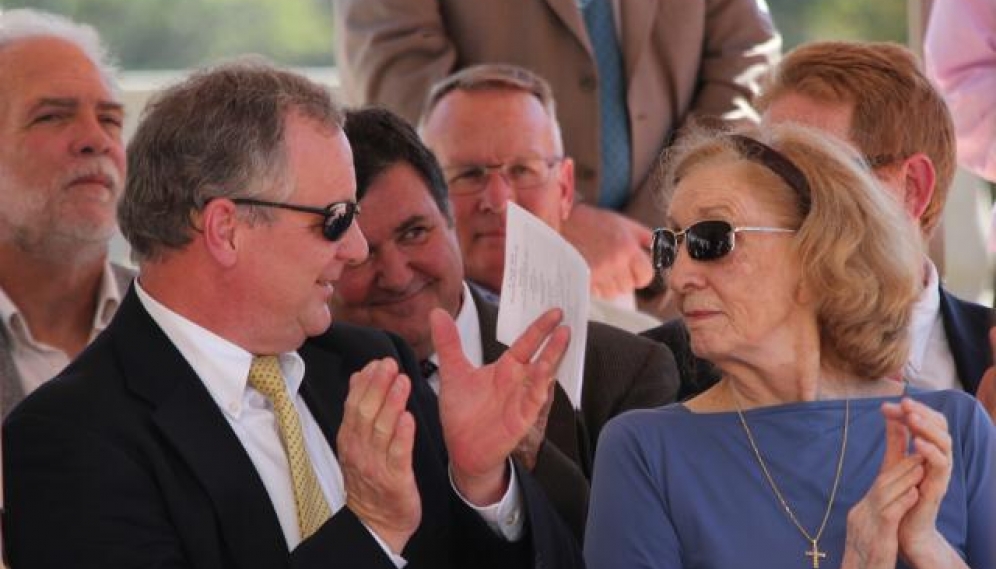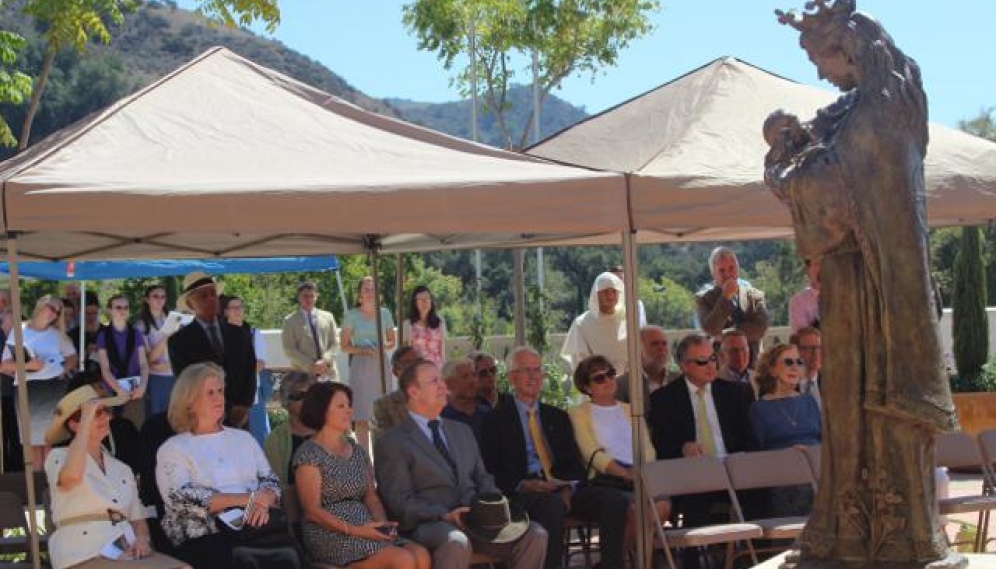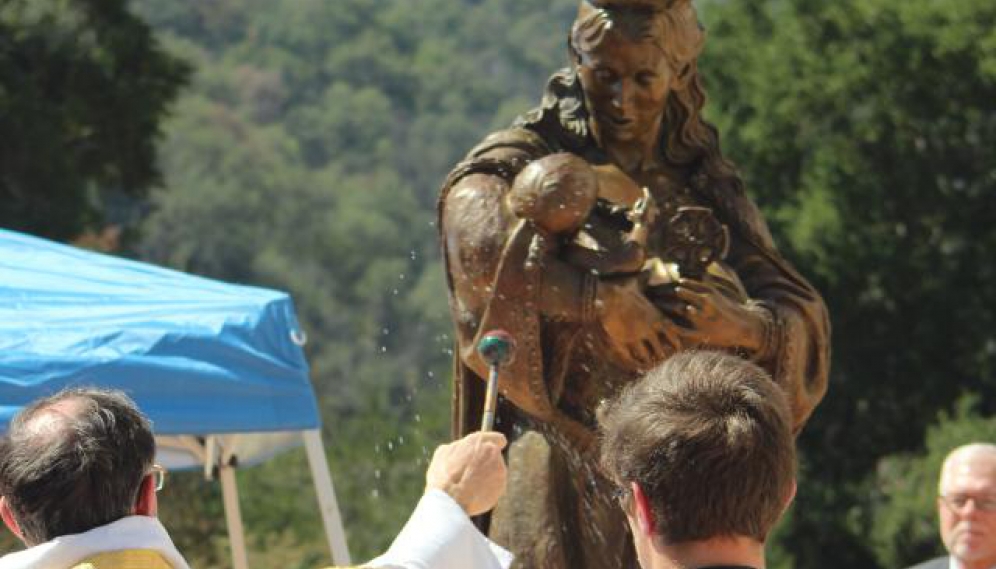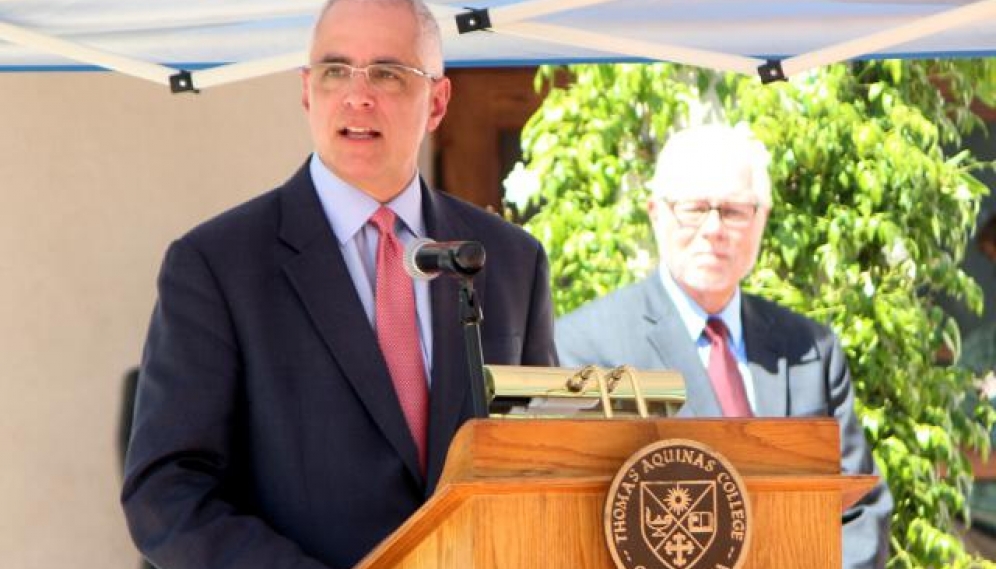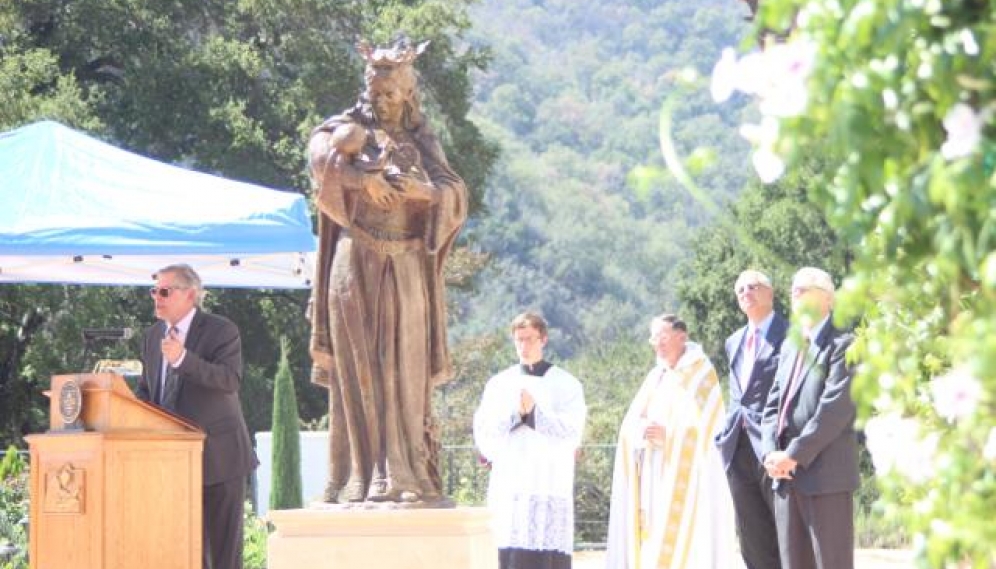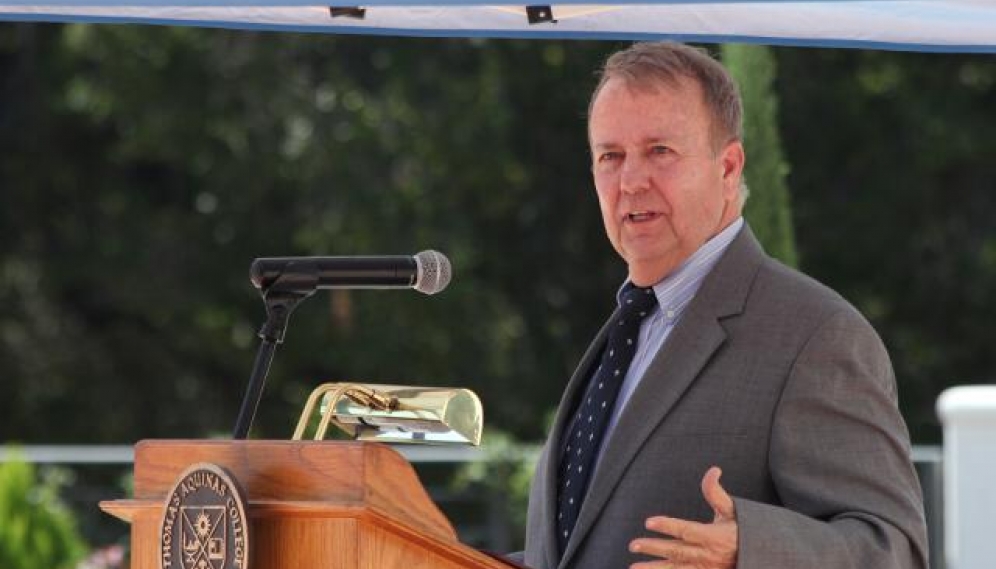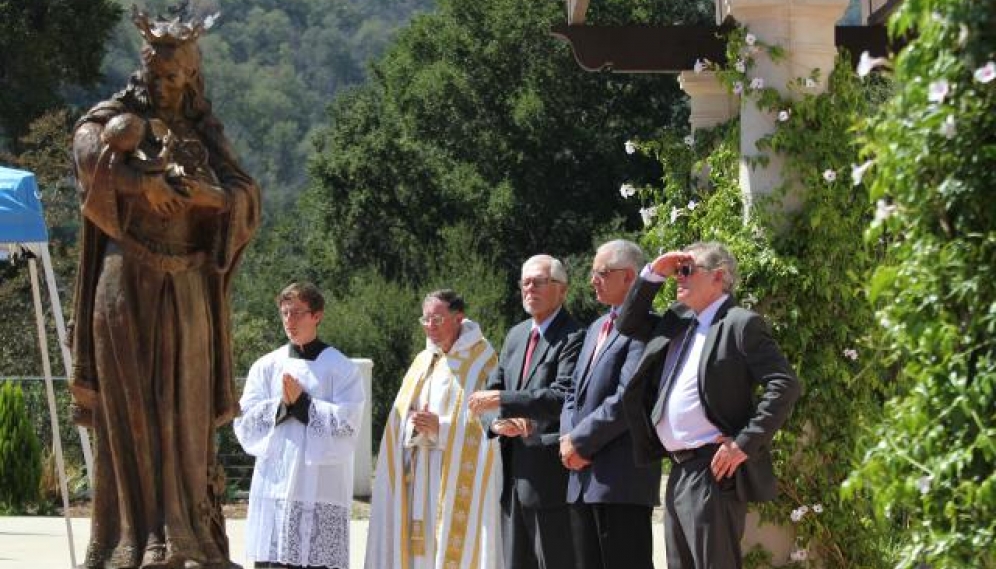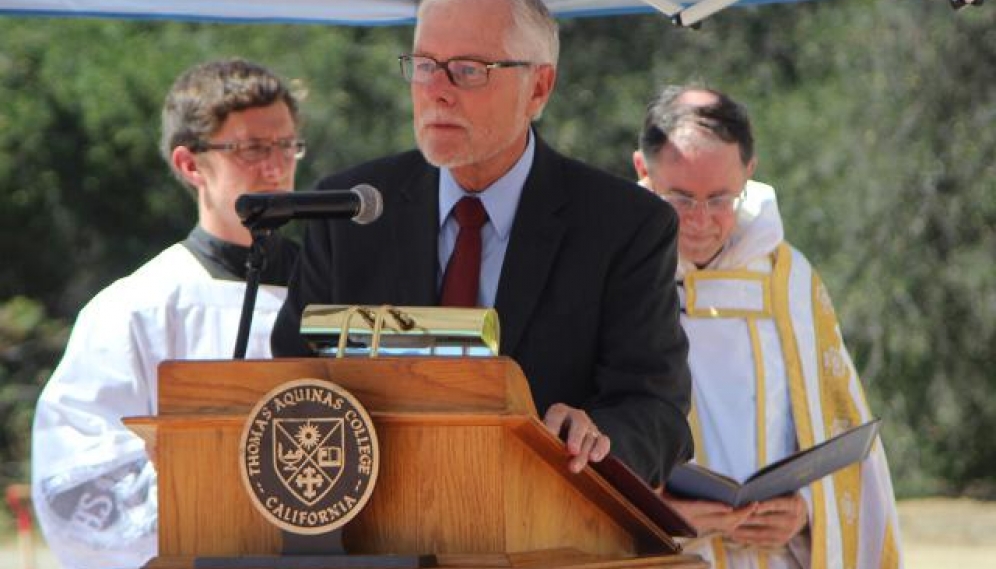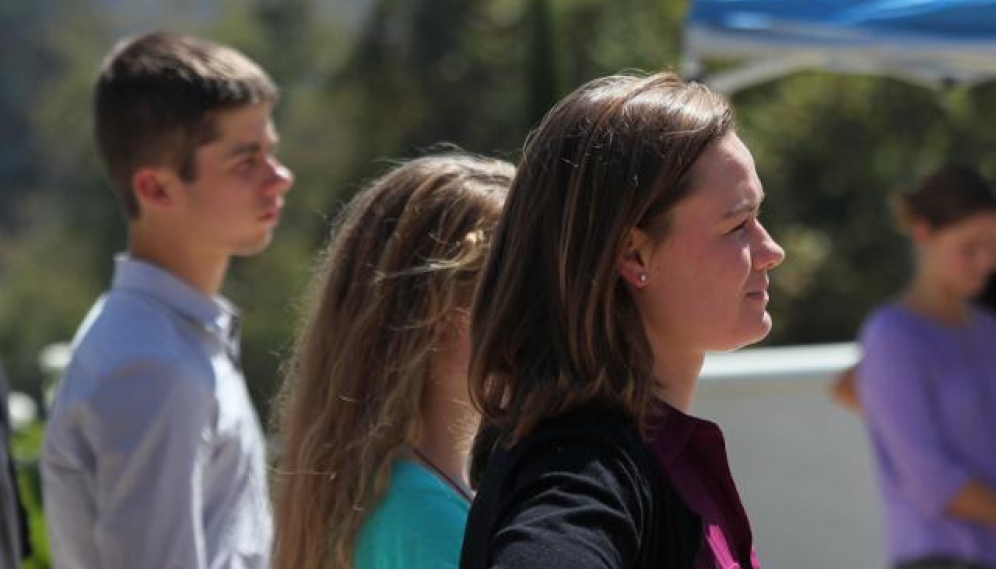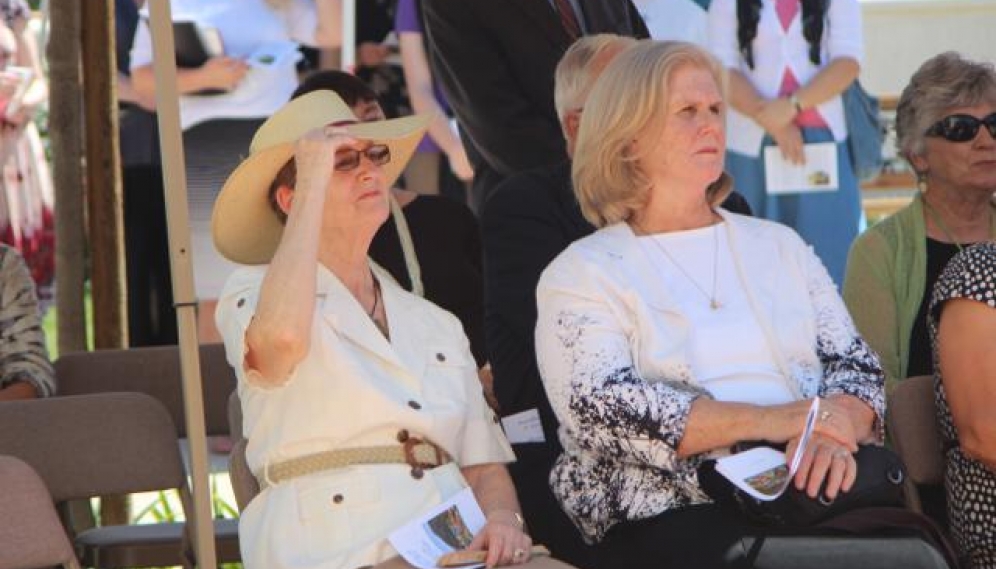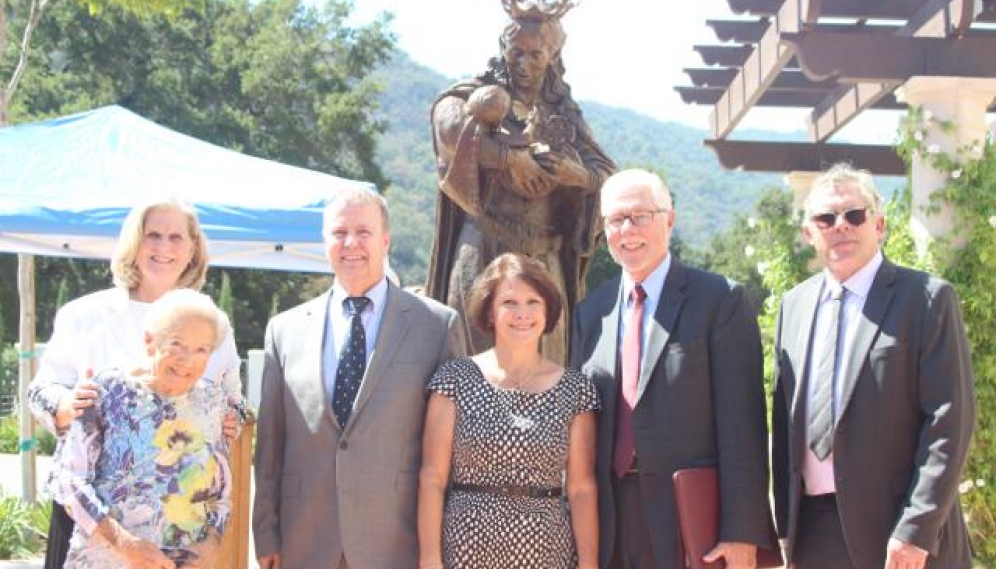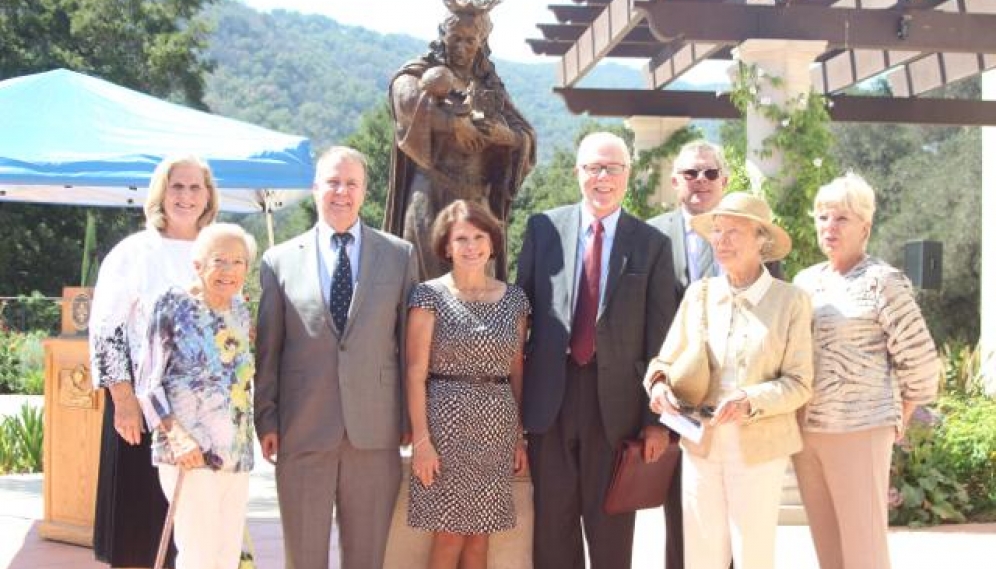- Home
-
About
 Fidelity & Excellence
Fidelity & ExcellenceThomas Aquinas College is unique among American colleges and universities, offering a faithfully Catholic education comprised entirely of the Great Books and classroom discussions.
-
A Liberating Education
 Truth Matters
Truth MattersTruth, and nothing less, sets men free; and because truth is both natural and supernatural, the College’s curriculum aims at both natural and divine wisdom.
-
A Catholic Life
 Under the Light of Faith
Under the Light of FaithThe intellectual tradition and moral teachings of the Catholic Church infuse the whole life of Thomas Aquinas College, illuminating the curriculum and the community alike.
-
Admission & Aid
 Is TAC Right for You?
Is TAC Right for You?Do you enjoy grappling with complex questions? Are you willing to engage in discussions about difficult concepts, with the truth as your ultimate goal?
-
Students & Parents
 Mind, Body & Spirit
Mind, Body & SpiritThere is always something to do at TAC — something worthwhile, something fulfilling, and something geared toward ever-greater spiritual and intellectual growth.
-
Alumni & Careers
 What Can You Do with a Liberal Education?
What Can You Do with a Liberal Education?Nothing speaks more to the versatility of the College’s academic program than the good that our alumni are doing throughout the Church and the world.
- Search
- Giving
College Unveils, Blesses New Statue of St. Gladys
For the last year, students at Thomas Aquinas College have studied around the classroom tables in St. Gladys Hall — and they have met for dances and other events in the adjacent Fritz B. and Gladys C. Burns Plaza — but the building was not truly complete. Only on Friday, with the unveiling and blessing of a new statue of the building’s patroness, is St. Gladys Hall now truly finished, a permanent and beloved fixture on the Thomas Aquinas College campus.
Immediately following Friday’s groundbreaking ceremony for St. Cecilia Hall, members of the College assembled in the Burns Plaza for the unveiling and blessing of the statue, “Springtime of Our Faith,” by Los Angeles sculptor Christopher Slatoff. A 5th century Welsh monarch, St. Gladys is the patron saint of Gladys Carson Burns, the cherished wife of the late Fritz B. Burns, whose Los Angeles-based foundation contributed the $3.2 million grant that funded the construction of the College’s newest classroom building.
When guests arrived for the blessing ceremony, the statue of St. Gladys, which stands on a pedestal just outside the hall’s southern entrance, facing northeast — toward Wales — was draped in a tarp. Her appearance was a mystery as, until recently, has been her story, until Providence deigned to make her life and example known through a college some 6,000 miles away from her homeland and 16 centuries after her earthly life.
“St. Gladys Hall has been a wonderful addition to the academic life of the College, and I think that St. Gladys herself has proven to be a wonderful patron for our students,” said President Michael F. McLean. “I have to admit that she was not a saint with whom many of us were familiar when the name was first proposed for the building, but our devotion to her has grown as we have come to know about her life and her holiness. She was a wife, a mother, and a queen, and then, in later years, she took up the contemplative life, as did her husband. Her life is a great model for all of us.”
Upon completing his remarks, Dr. McLean, with the aid of Mr. Slatoff, removed the tarp, revealing the sculpture, much to the delight of those in attendance. Head Chaplain Rev. Paul Raftery, O.P, then blessed the statue with holy water. “O God, you approve of the sculpted images of your saints in order that when we behold them we may be led to contemplate and imitate their lives and holiness,” he prayed. “Therefore we beseech you to bless and sanctify this statue, wrought to the memory and honor of St. Gladys. And grant that whosoever through inspiration of this image earnestly strives to honor her may, by her merits, obtain grace in this life and eternal glory in the next, through Christ Our Lord.”
The statue, which depicts St. Gladys in her queenly regalia and holding one of her seven children, features blooming Welsh daffodils on her robe and various crosses representative of the various forms that the Cross took in ancient Wales. “It portrays a time when Celtic spirituality, deeply connected with Creation, emerged and blossomed out of the dark ages that followed the Roman Empire’s fall,” said Mr. Slatoff. “St. Gladys was able to present her faith to people just as a loving mother would present a beautiful object to her child. Through her efforts, a formerly pagan king was converted, and a whole generation was raised so dedicated to Christ that many of them would go on to become saints as well.”
Commending this fine work, the chairman of the College’s Board of Governors, R. Scott Turicchi, observed that for Mr. Slatoff, “This is not a job. It even goes beyond a vocation. It is a spiritual journey in the creation of each of these pieces, and I sense that that journey on each piece shapes him as much as he shapes the clay that produces the models that can ultimately be cast into bronze.” Mr. Turicchi also thanked representatives of the Fritz B. Burns Foundation, President Rex Rawlinson and Trustees Maureen Rawlinson and Cheryl Robinson, who were present. “I would like to reiterate the gratitude that we have to the Fritz B. Burns Foundation … not only for the generous contributions to make this hall a reality, but for helping to realize a dream over 45 years of making this campus now nearly complete.”
Mr. Rawlinson, in turn, spoke of the similarities of St. Gladys and the patron saint of the College’s next building, St. Cecilia Hall, reflecting on the lessons both can teach Christians in the 21st century. “St. Cecilia and St. Gladys were both born in precarious times. They both stood up for their faith, and they both had tremendous influence,” he observed. “It’s still a lot like that today. The position of Christians in the world is precarious, as it was then.”
Both saints also helped to bring about the conversions of their husbands, Mr. Rawlinson added. “When I look at it, what I think is, when you marry a Catholic girl, you never know what exactly you’re going to get, and you might get a little more than you bargained for!”



